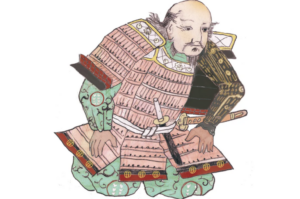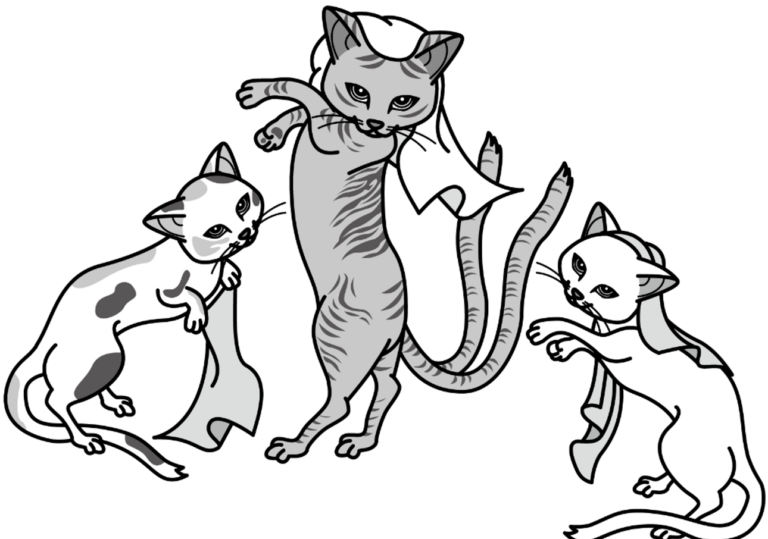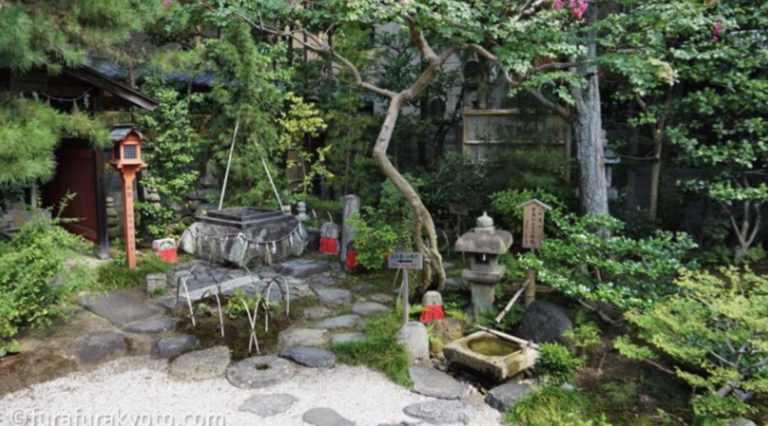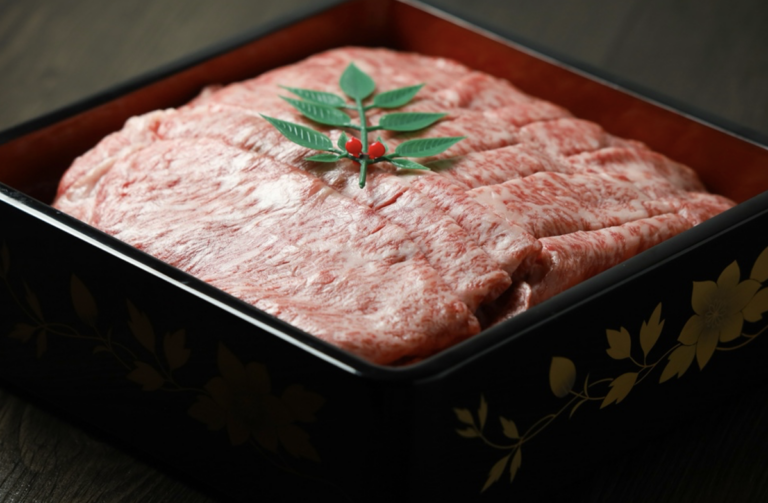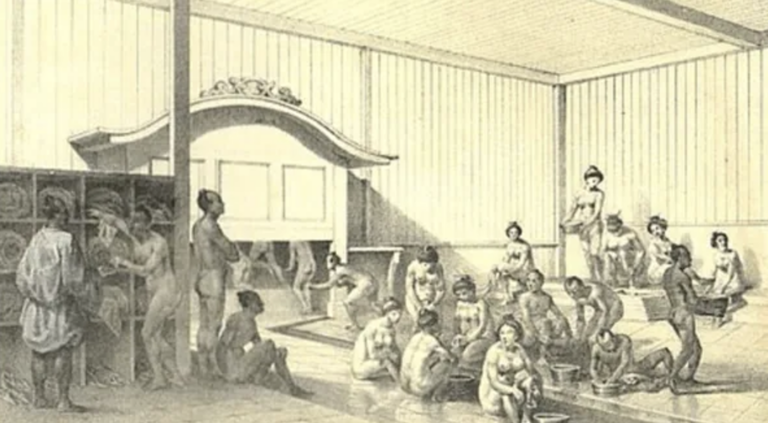Famous for his ninja skills, was there only one Hattori Hanzo?
Japan is famous for its ninjas. The most famous being Hattori Hanzo.
Edo Castle has a gate called Hanzomon, and there is now a subway station called Hanzomon. The name is so famous that even today there is a train line called the Hanzomon Line.
But the image that appears when you look up Hattori Hanzo is that of a samurai rather than a ninja. Understandably, people might think, “This isn’t what I imagined,” but Hattori Hanzo was the name of a samurai who was available to the government at the time. Furthermore, the name was hereditary and lasted until the 12th generation, which means there were 12 of them.
However, only the first one was a ninja and the one who appears in the picture above is a samurai and the leader of a group of ninjas. The first Hattori Hanzo was interesting, but the second one was incredible, so I will talk about him this time.
The second generation Hanzo who caused a strike
Hanzo inherited the top name as a ninja and wed the niece of the head of Japan, Tokugawa Ieyasu. Hanzo then got carried away and messed with the wife of a subordinate ninja. This ninja defied Hanzo so he refused to pay his salary, resulting in a strike.
A total of over 1,000 subordinates and their relatives went on strike, but Hanzo was outraged and executed the 10 ringleaders. However, two of them escaped. Angered by this, Hanzo chased after them and slayed one of them, but it was a completely different person. He killed the wrong person.
Hanzo, the unemployed
He fought to clear his name against the ones who went on strike, but Hanzo sneaked away and became a farmer.
What did the second-generation Hanzo want?
The success of the first-generation Hanzo gave him land and honor, which he inherited, but what he wanted was freedom. There is no record of his life after that, but here is another interesting rumor.
Was Matsuo Basho Hattori Hanzo?
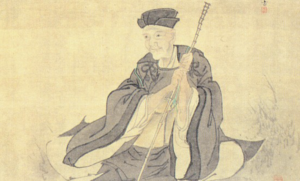
The haiku is a form of Japanese poem consisting of three lines, with five syllables in the first line, seven in the second, and five in the third. It is an artform that evokes the seasons. One of these masters was Matsuo Basho.
There is a rumor that he may have been the same person as the second-generation Hattori Hanzo.
Matsuo Basho’s strange journey
Matsuo Basho’s most famous work is “Oku no Hosomichi” (The Narrow Road to the Interior). It is a travel diary of 150 days, starting in Edo (present-day Tokyo), traveling from the Tohoku region to Hokuriku, with haiku written at each place. The itinerary is rather strange with the entire journey being 2,400 km. It is recorded that the maximum distance traveled was about 45 km in one day.
In those days, people traveled on foot, but even on today’s paved roads, the speed would be about 4.8 km/h. Considering that the roads were unpaved, and many were mountain roads it should have been much slower than this, and why did he even make the trip, and who paid for it?
Matsuo Basho’s travels are a mystery, but many people are convinced that he was a ninja. It is easy to understand the reason for the trip and the cost if he had secret orders to investigate the situation in each region as a spy, not to mention his physical strength and running ability.
And, in terms of timing, the second-generation Hattori Hanzo would be the right person for the job.
The enigmatic Hattori Hanzo and Matsuo Basho.
We do not know for sure whether these two were the same person. Regardless, it is clear that Matsuo Basho’s haiku are wonderful.
Finally, please take a look at Basho’s haiku, which is perfect for the summer season…
暑き日を (Atsuki hi o)
海にいれたり (Umi ni iretari)
最上川 (Mogamigawa)
Modern translation: The heat of summer was washed away by the Mogami River to the sea, and the cool of the evening came.
This is a wonderful piece of writing that has a seasonal description in it. When I close my eyes and listen to this haiku, I can picture the scenery.
Does a person who creates such beautiful haiku get carried away and mess with his subordinate’s wife? Or does he have regrets and become a better person? Do you think it is the same person?
ABE KENGO


